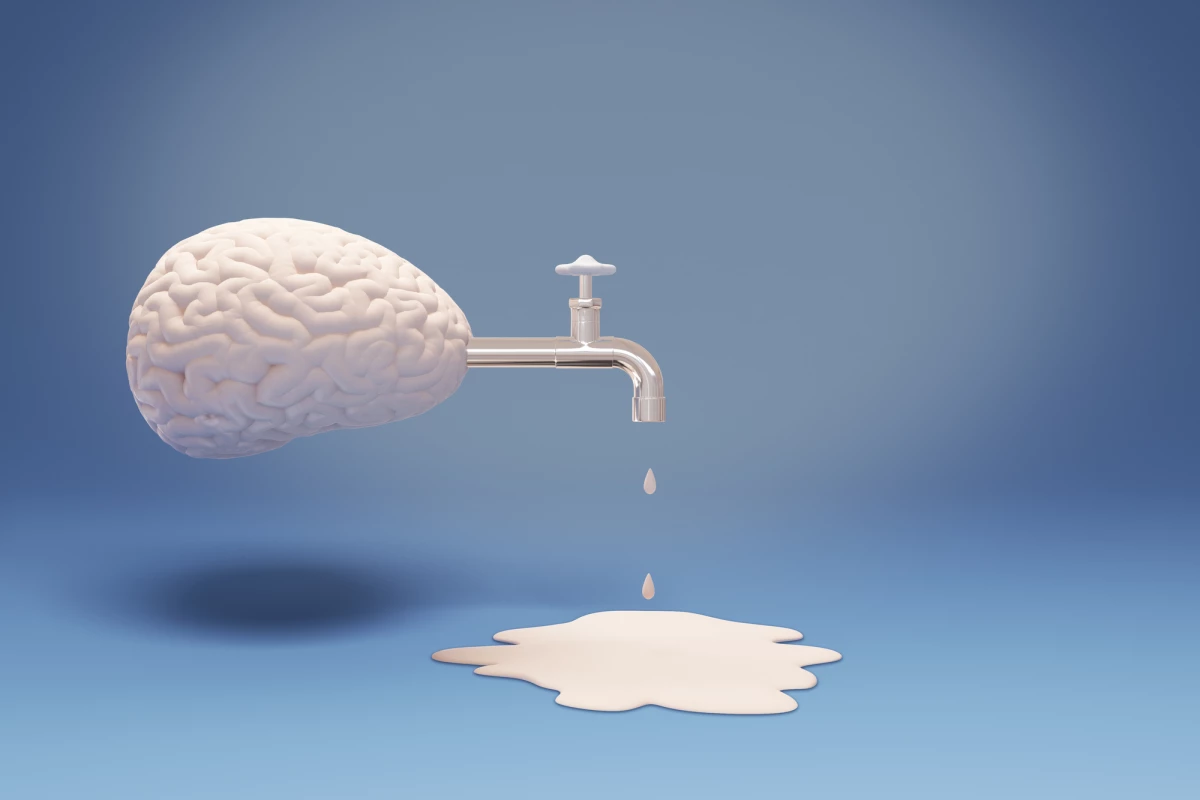A drug used to induce labor in pregnant women has been shown to reactivate tiny waste-clearing pumps in the brains of old mice. The finding could hold promise as a new way to fight Alzheimer's and Parkinson's diseases and overall cognitive decline.
When our brains are working properly, there is an excess of proteins that build up from the energy intensive processes that take place between our neurons. Those proteins need to be removed in order for the brain to continue to operate properly. When they aren't, they can gunk up the works, leading to the beta amyloid and tau protein tangles that are a hallmark of Alzheimer's disease or the build up of alpha-synuclein that accompanies Parkinson's.
In 2012 Danish neuroscientist, Maiken Nedergaard first described the system that uses cerebrospinal fluid (CSF) to remove waste from the brain and termed it the glymphatic system. Now, Nedergaard and her colleagues have looked deeper into the glymphatic system, focusing on lymph vessels called lymphangions. These are a series of tiny pumps in the neck that are responsible for moving dirty CSF out of the brain and into the lymph system where it ultimately reaches the kidneys to be processed.
Using advanced particle tracking in mice models, they found that as the rodents aged, the contractions in these pumps decreased. As a result, they found that older mice had 63% less dirty CSF flowing out of their brains compared to younger mice, setting the stage for the rodents to suffer cognitive decline.
Wondering if they could jump start the pumps and get them back into action, Nedergaard focused on the fact that lymphangions are lined with smooth muscle cells. So they looked to a drug called prostaglandin F2α, which works on these types of cells and is commonly used to induce labor in pregnant women. Sure enough, administering the drug to the elderly mice with a topical cream got the pumps working again to the point that the team saw the flow of dirty CSF out of the brain return to the same level of efficiency seen in younger mice.
Should the results hold in human trials, the finding could offer a brand-new way to combat the effects of cognitive impairment and brain-related diseases.
“These vessels are conveniently located near the surface of the skin, we know they are important, and we now know how to accelerate function,” said study co-author Douglas Kelley, from the University of Rochester's Hajim School of Engineering and Applied Sciences. “One can see how this approach, perhaps combined with other interventions, could be the basis for future therapies for these diseases.”
The research has been published in the journal Nature Aging.
Source: University of Rochester Medical Center via EurekAlert





